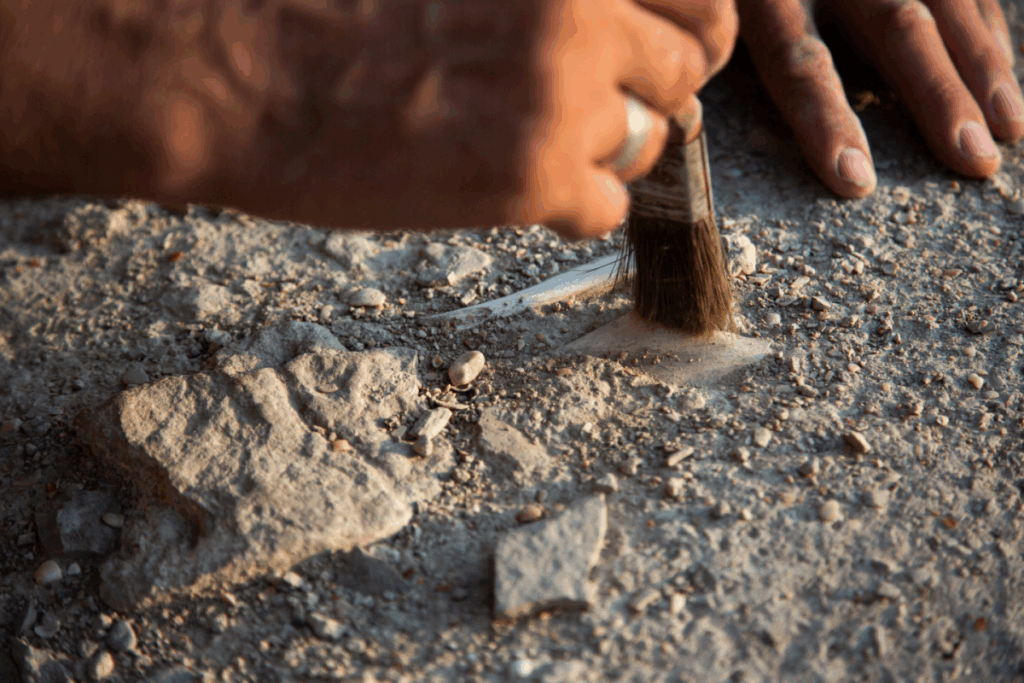A Fossil Reinterpreted
A million-year-old skull discovered in China is rewriting what scientists know about the origins of modern humans. The fossil, known as Yunxian 2, was originally classified as belonging to Homo erectus, a species considered to be a direct ancestor of Homo sapiens. However, new research using advanced digital reconstruction techniques suggests that the skull may instead belong to Homo longi, also called “dragon man,” a species closely related to the mysterious Denisovans.
A Radical Revision of Human Evolution
If confirmed, the findings would dramatically alter the timeline of human origins. The study suggests that by one million years ago, early humans had already split into distinct evolutionary groups. This would double the estimated age of Homo sapiens’ emergence compared to the prevailing view that our species arose in Africa about 300,000 to 400,000 years ago.
The reconstructed skull shows a large, squat brain case and prominent jaw typical of Homo erectus, but its overall features — especially brain size and teeth — more closely align with Homo longi. This places the fossil near the critical evolutionary split between modern humans, Neanderthals, and Denisovans.
Professor Chris Stringer of the Natural History Museum in London noted that the discovery could mean the common ancestor of these groups — and possibly the earliest Homo sapiens — might have lived in western Asia rather than Africa.
Untangling the “Muddle in the Middle”
Paleoanthropologists have long debated the confusing fossil record from 1 million to 300,000 years ago, often called the “muddle in the middle.” The new analysis supports the idea that over the last 800,000 years, human evolution followed five main lineages: Asian Homo erectus, Homo heidelbergensis, Homo sapiens, Neanderthals, and Homo longi (including Denisovans).
Researchers say this work could be a landmark in clarifying how these groups are related, although it challenges conclusions drawn from genetic studies. DNA evidence has suggested later divergences between these lineages, meaning the new interpretation will likely remain controversial until further fossils or molecular data provide confirmation.
The Road Ahead
The Yunxian 2 skull, unearthed in Hubei province in 1990, had been badly crushed and difficult to interpret for decades. Thanks to modern CT imaging and computational analysis, scientists now have a clearer picture of its structure and evolutionary significance.
Experts caution, however, that more evidence is needed. Genetic sequencing of the fossil itself, if possible, could either strengthen or disprove the claim that Homo sapiens’ origins stretch back nearly a million years and may have occurred in Asia.
For now, the discovery adds a bold new chapter to the story of human evolution, raising fundamental questions about where and when modern humans first began to emerge.


